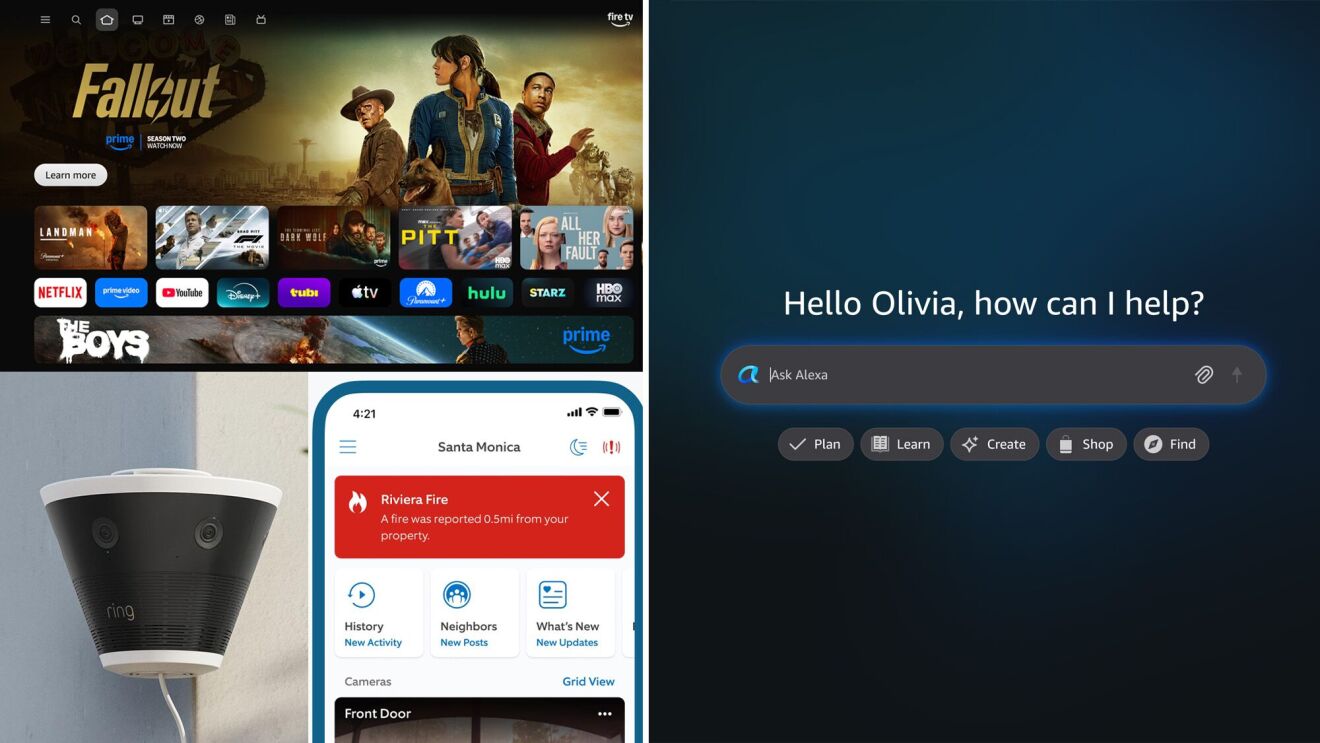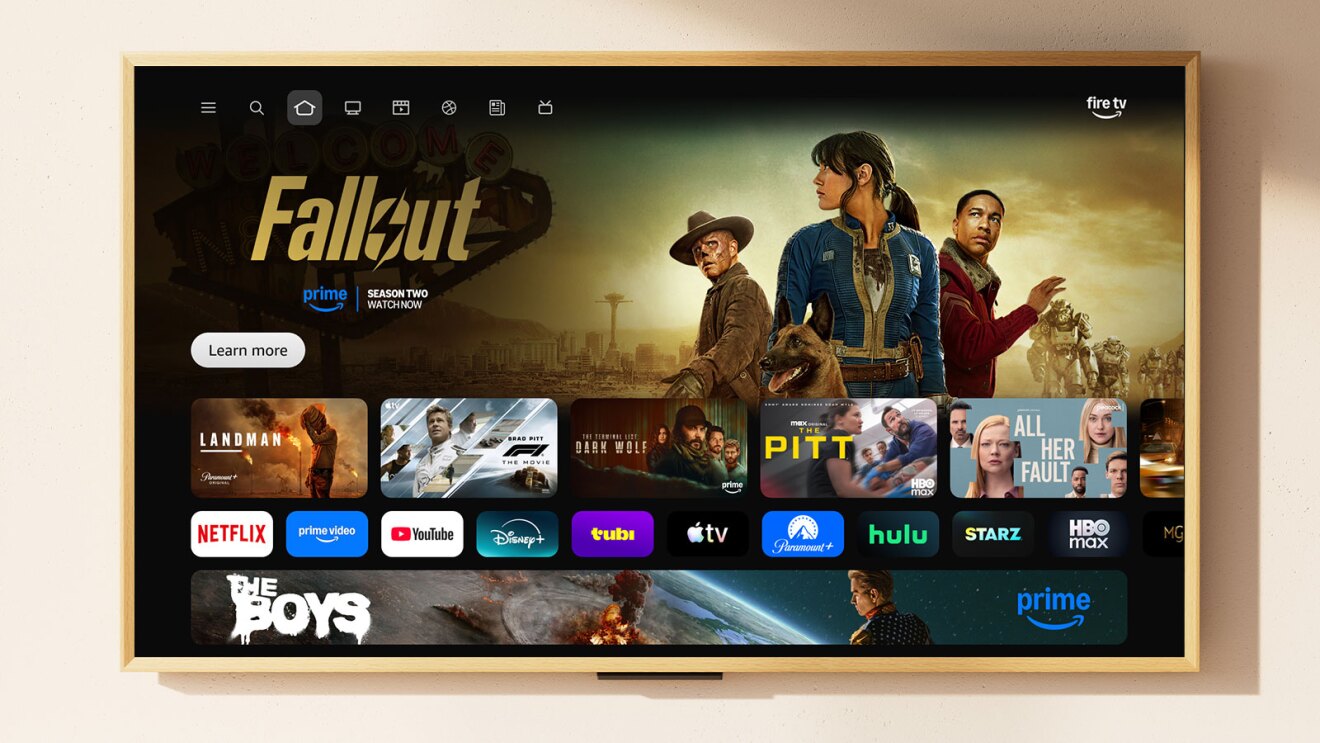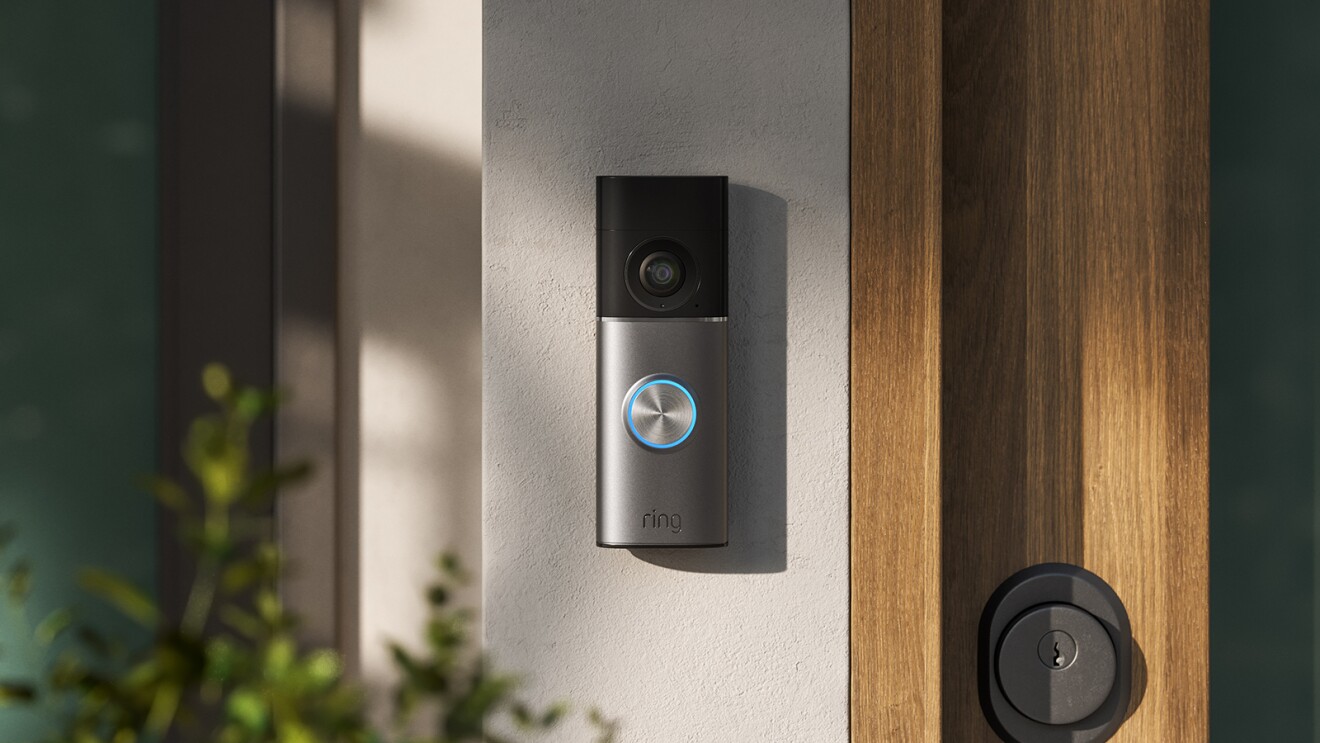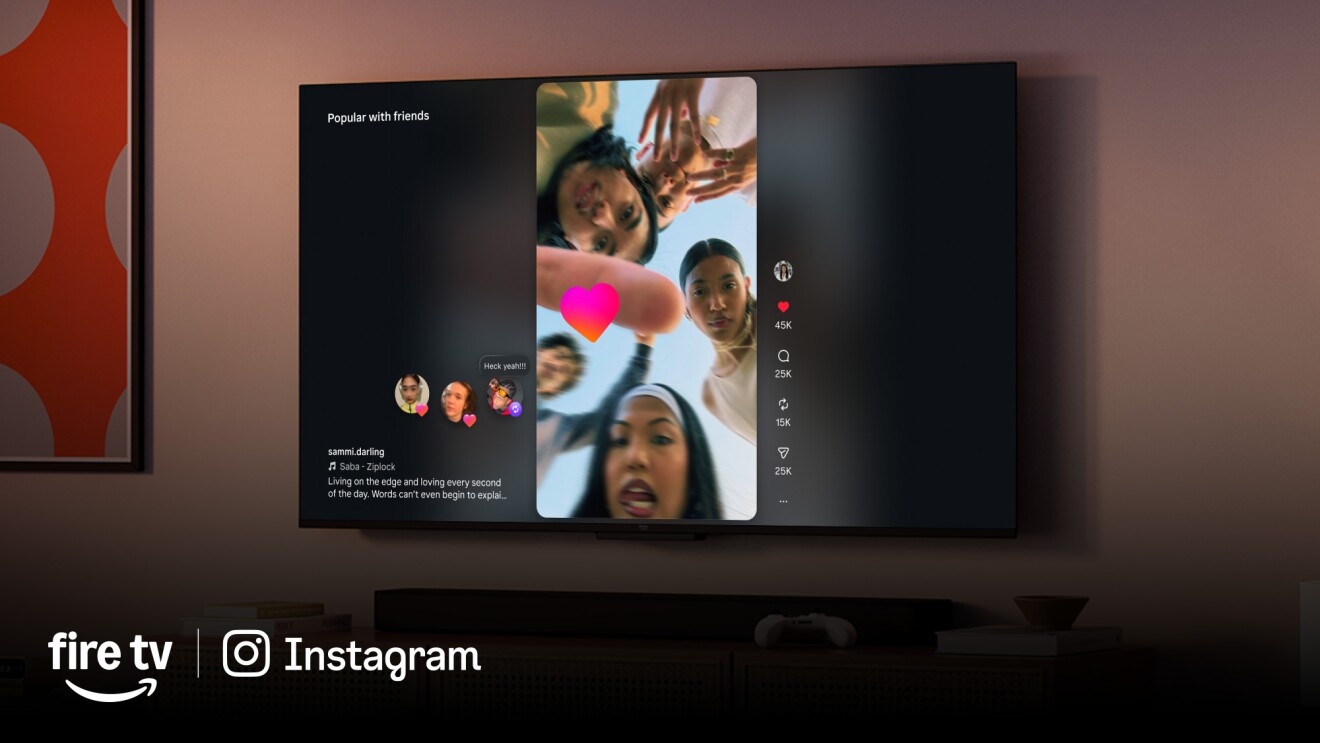Many of the smart devices in our homes today rely on Bluetooth and Wi-Fi connections to stream music to a nearby speaker or help a video doorbell notify us when a package is delivered. But these connections only extend so far. On the other end of the spectrum, 5G cellular is incredibly important when you need reliable, long distance, guaranteed delivery of data, but it can be complex. In the space around homes, that leaves a middle-ground for devices like sensors and smart lights that can benefit from low-cost, low-power, low-bandwidth connections. Customers shouldn’t have to settle for connected devices that lose functionality past the front door, which is why we’re excited to introduce Amazon Sidewalk.
Amazon Sidewalk is a new long-term effort to greatly extend the working range of low-bandwidth, low-power, smart lights, sensors, and other low-cost devices customers install at the edge of their home network. Using the 900 MHz spectrum, we are developing a new protocol we project can increase the connection range of these devices by more than one half mile/one kilometer. With Amazon Sidewalk, customers will be able to place smart devices anywhere on their property and know they’ll work great, even in dead spots where Wi-Fi and Bluetooth don’t reach.
Using the 900 MHz spectrum to help devices communicate isn’t new. In fact, it’s been around for decades, providing reliable, secure connections for long-range devices like the radios used by emergency services and the digital pagers carried by doctors on-call. It’s by combining this tested communications network with an innovative new protocol developed by Amazon that we arrived at Sidewalk; a new way for the next generation of low-cost, low-bandwidth sensors and smart devices to work together to create a secure network of long-distance connections, bridging the connectivity gaps around our homes.
The immediate benefit of a 900 MHz-based network is the ability to use your favorite connected devices even if they’re located far away from the router inside your home. Today, Ring Smart Lighting Bridges use connections in this spectrum to extend the range of smart lighting products, and soon additional devices including the latest generation Ring Floodlight Camera and Ring Spotlight Camera will also help customers extend the network connections around their homes and control those 900 MHz devices at much greater distances.
Better network connectivity can also help keep devices safe and up to date. Today when customers place a smart device at the edge of their home network, poor network connectivity can prevent that device from receiving important feature and security updates. By extending long-range, low-bandwidth connections using the Amazon Sidewalk network, customers won’t have to worry about smart devices that don’t have access to the latest security updates or work as intended because they’re out of network range.
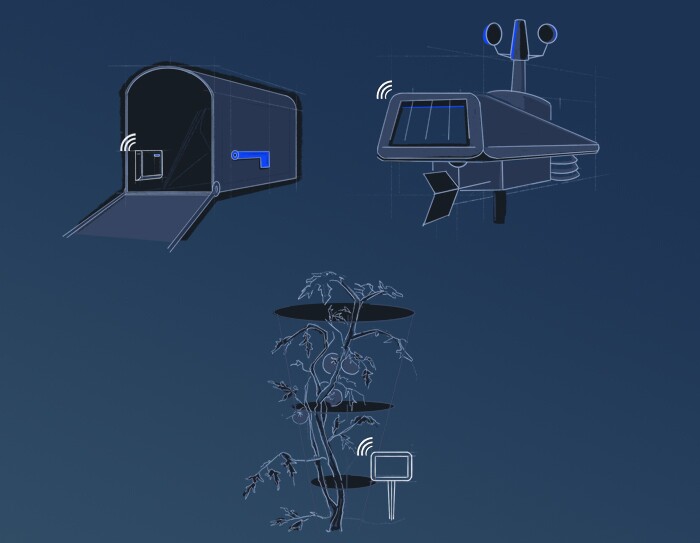
In the near future, we also see the potential to help customers get more from 900 MHz connections in their neighborhoods, creating a broad network among neighbors that can be used to extend connectivity all the way to your mailbox out at the street where a smart sensor lets you know exactly when your mail has been delivered, or to a water sensor that lets you know it’s time to water the garden in the backyard.
For example, just a week ago Amazon employees and their friends and family joined together to conduct a test using 700 Ring lighting products which support 900 MHz connections. Employees installed these devices around their home as typical customers do, and in just days, these individual network points combined to support a secure low-bandwidth 900 MHz network for things like lights and sensors that covered much of the Los Angeles Basin, one of the largest metropolitan regions in the United States by land area.
This neighbor-created network demonstrates the potential of Amazon Sidewalk – a broad coverage network, great for low-bandwidth, low-cost devices, that requires no complex setup or maintenance for customers. But the benefits don’t stop there. With Sidewalk, we also see the opportunity to deliver new devices and experiences that delight our customers.
As one example, this week we announced Fetch, a compact, lightweight device that will clip to your pet’s collar and help ensure they’re safe. If your dog wanders outside a perimeter you’ve set using the Ring app, Fetch will let you know. In the future, expanding the Amazon Sidewalk network will provide customers with even more capabilities like real-time location information, helping you quickly reunite with your lost pet. For device makers, Fetch also serves as a reference design to demonstrate the potential that devices connected to a broad, reliable network can provide to their customers.

Extending the convenience of a long-range network will take time, but we’re already working quickly to bring this future to life for customers. For device makers, we plan to publish protocols that any manufacturer can use to build reliable, low-power, low-cost devices that benefit from access to long-range, low-bandwidth wireless connections. In the meantime, you can sign up to be notified when more information is available.
Amazon Sidewalk is a long-term effort, but we’re excited to get started and can’t wait to see what device makers build and how customers benefit. The possibilities are endless.
Trending news and stories


